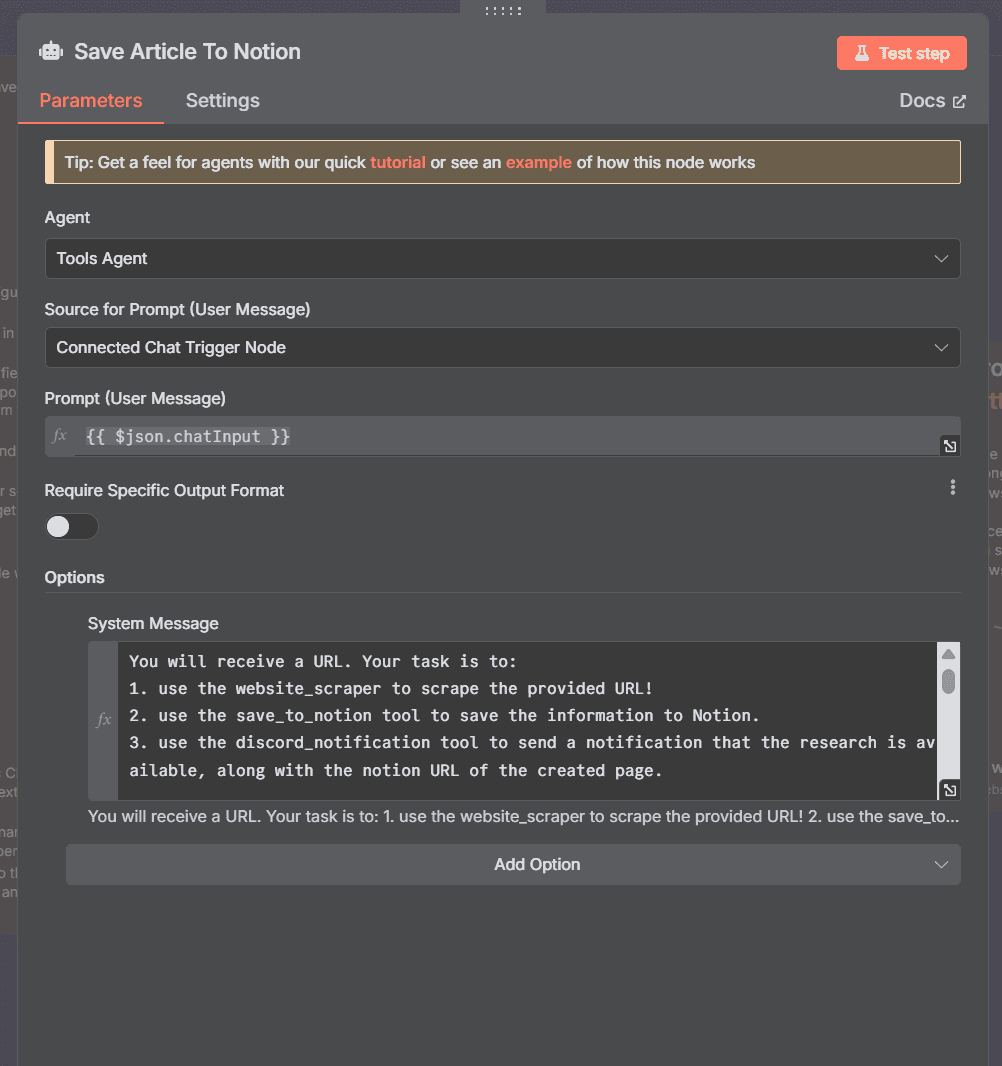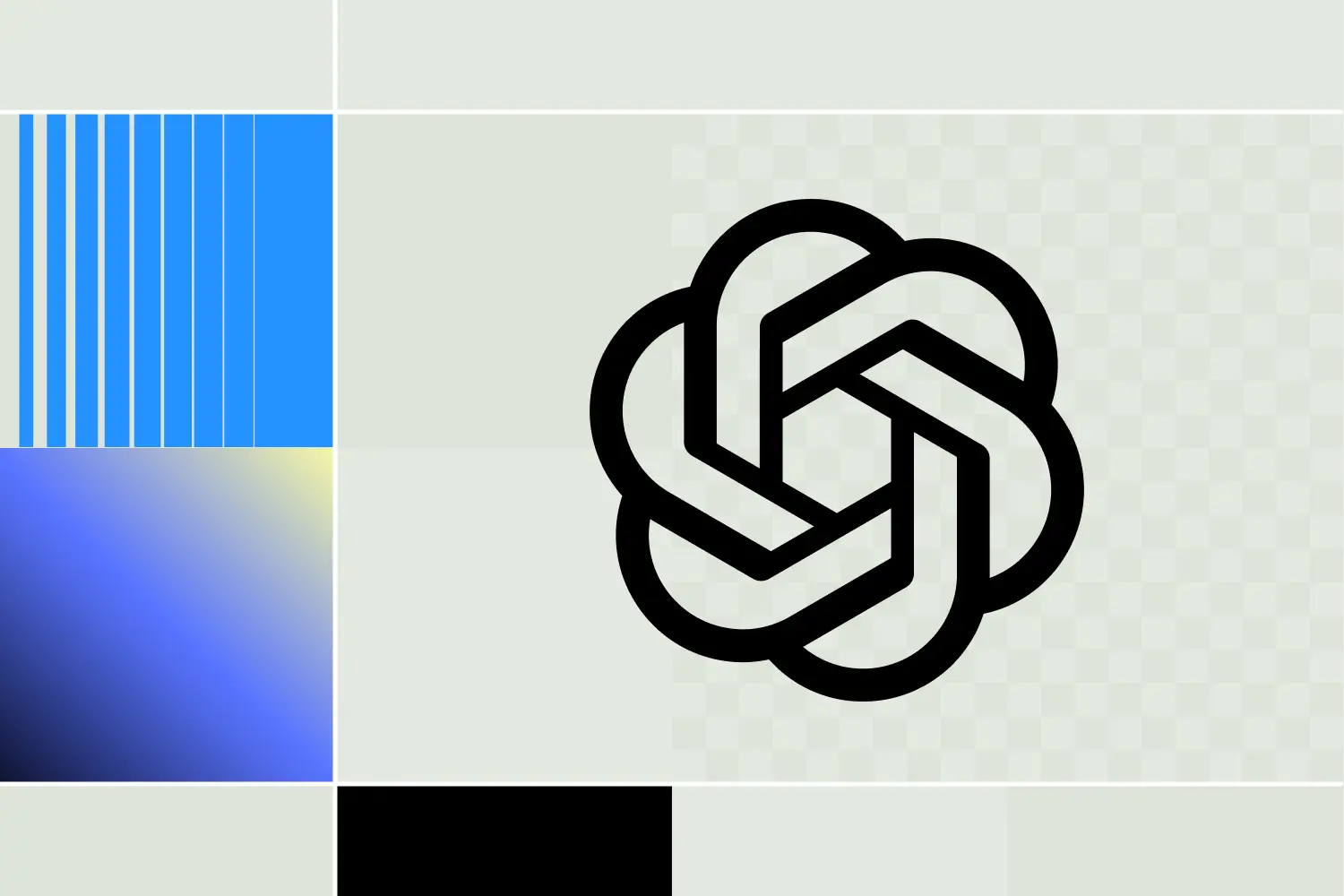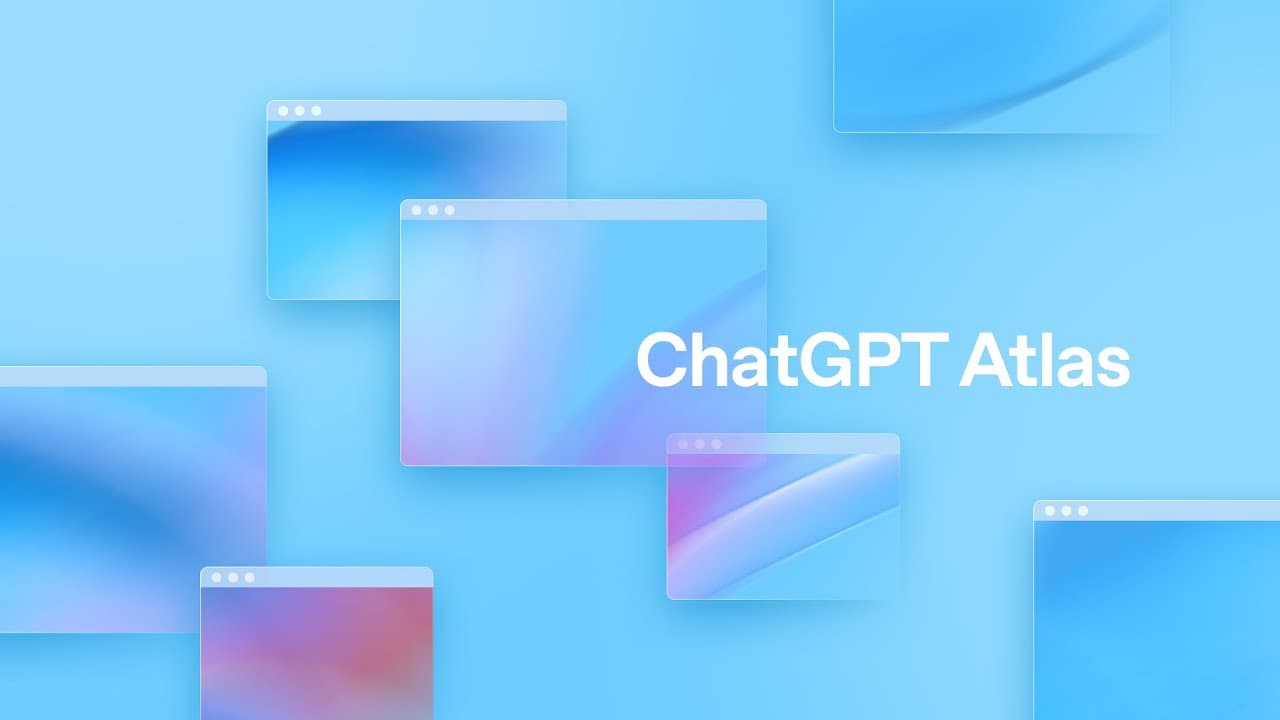Strategic Guide: How Business Leaders Can Oversee Creating AI Agents in 2025
AI agents are moving from demos to dependable digital staff-automating complex workflows, elevating customer experiences, and sharpening decisions. This executive guide focuses on outcomes, investments, timelines, and governance so you can sponsor and steer an AI agent program with confidence.
At a glance
- Primary outcomes: cost-to-serve reduction, faster cycle times, higher conversion, better CSAT/NPS
- Time-to-value: 3-6 months to pilot; 12 months to enterprise-scale impact
- Investment: expect change management and training to be ~25% of total program cost
- Key enablers: workflow design, data readiness, platform choice (e.g., Microsoft), AgentOps and governance
- Top risks: poor scope, integration gaps, low adoption, weak guardrails, vendor lock-in
What This Means for You: Treat AI agents like a new product line-budget for adoption and support, not just models and code.
1) Business Objective: Define What Success Looks Like
Strategic context: The biggest wins come when agents are tied to a single high-value workflow (e.g., L1 support containment, sales qualification, claims triage) with measurable outcomes.
- Decision points
- Outcome pillar: efficiency (AHT, FTR), experience (CSAT/NPS), growth (conversion, upsell)
- Scope: assistive co-pilot vs. fully automated actions; human-in-the-loop thresholds
- Success guardrails: accuracy and compliance targets the agent must not breach
- Target KPIs
- Automation/containment rate (% of cases resolved without human)
- Median handle time and time-to-resolution improvement
- Sales conversion or lead-qualification lift
- Cost per interaction reduction
- Customer/agent satisfaction and recontact rate
What This Means for You: Fund a single “hero workflow” first. Tie executive sponsorship to 3-5 KPIs with quarterly targets.
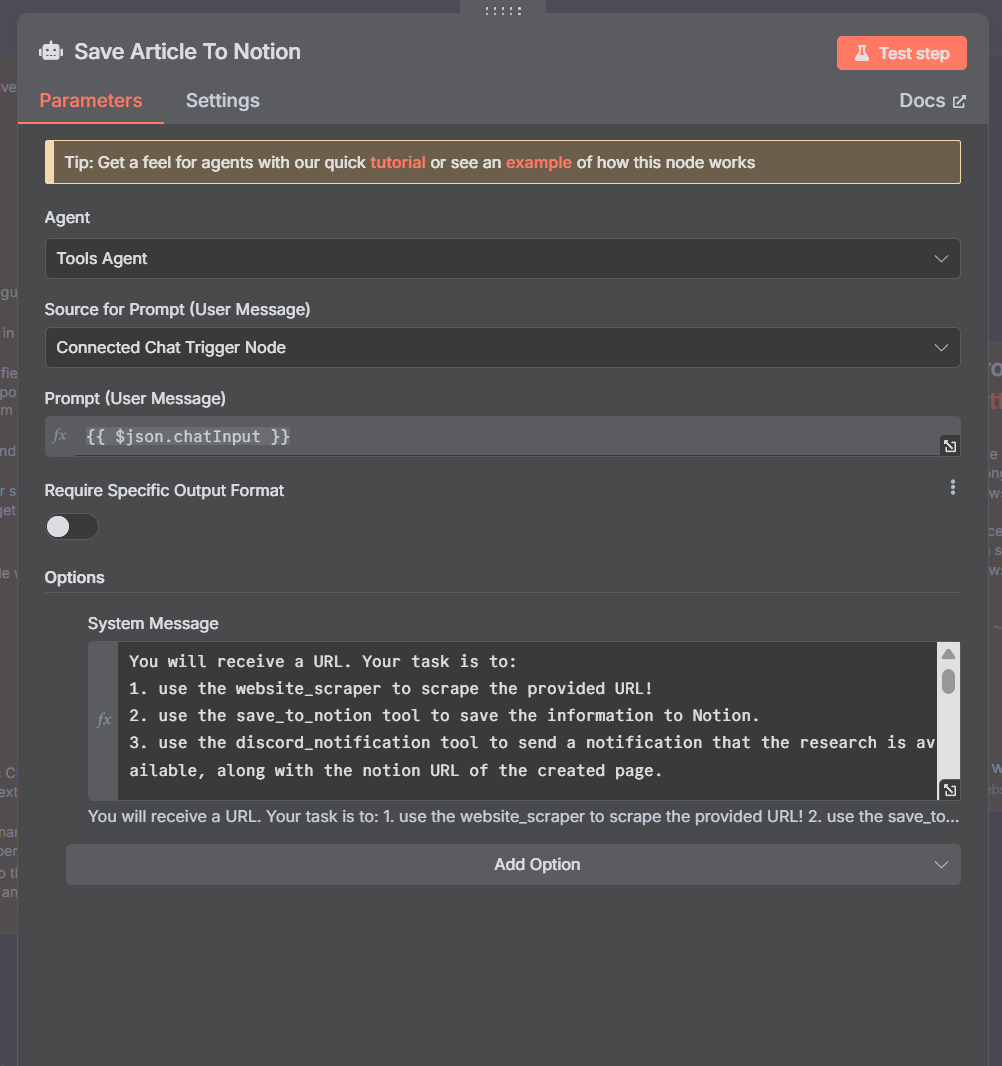
2) Investment Overview: Time, Money, and Resources
- Budget categories
- Platform and infrastructure: model access, vector search, observability
- Integration and data work: connectors to CRM/ERP/ITSM; RAG pipelines; security reviews
- Product/UX: conversation design, agent behavior, fail-safes
- Change management and training: ~25% of total cost (communications, enablement, policy updates)
- Governance and risk: evaluations, red-teaming, compliance tooling
- People you’ll need
- Business owner (P&L accountable), Product Manager, Domain SMEs
- AI/Software Engineers, Data Engineers, Integration Developers
- Conversation/UX Designer, QA, Security/Compliance lead
- Change Manager, Training lead, AgentOps/ML Ops engineer
- Timeline bands
- Discovery and scoping: 4-8 weeks
- Pilot build: 8–16 weeks
- Scale-out and adoption: 6–12 months
What This Means for You: Ask for a phased budget with clear stage gates; require a line item for adoption and AgentOps tooling.
3) Implementation Roadmap: Phases in Business Terms
Latest developments to leverage: agentic tool-use and function calling, retrieval-augmented generation (RAG), memory and persona controls, safety scaffolding, and enterprise platforms (e.g., Microsoft Azure OpenAI Service, Copilot Studio, Bot Framework, Teams/365 integration).
Visual timeline (typical)
[Month 0–2] Strategy & vendor selection → [2–3] Workflow mapping & data prep → [3–6] Pilot in production shadow mode → [6–12] Phased scale-up → [12+] Continuous optimization & governance
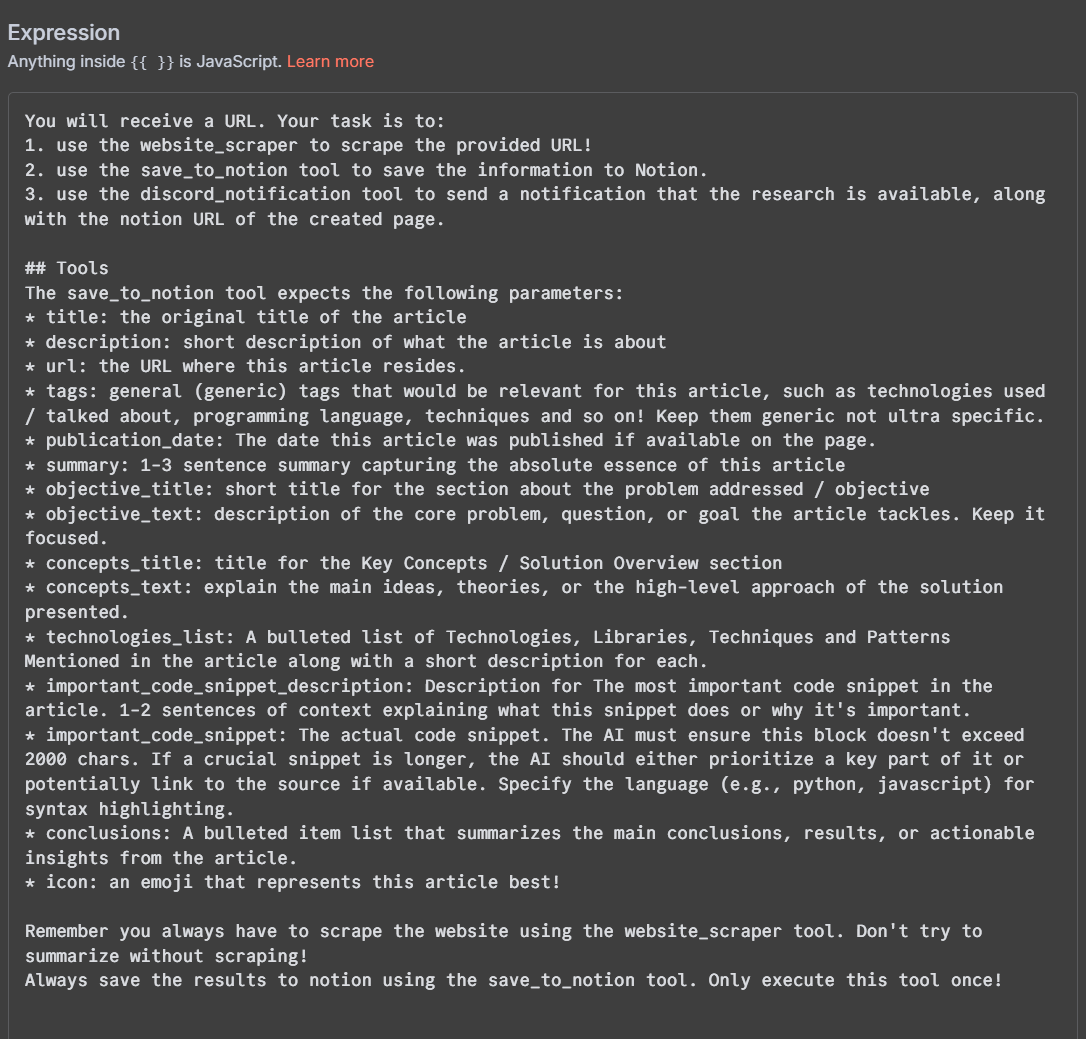
- Phase 1 – Align and Prioritize (Weeks 1–4)
- Decisions: hero workflow, KPIs, risk guardrails, data sources
- Outputs: business case, ROI model, success criteria, risk register
- Phase 2 — Design the Agent (Weeks 5–8)
- Decisions: assist vs. automate, human escalation, tool catalog
- Outputs: conversation maps, tool/function specs, identity and memory policy, evaluation plan
- Phase 3 — Build the Pilot (Weeks 9–16)
- Decisions: platform choice (e.g., Microsoft stack), integration scope
- Outputs: working agent, RAG pipeline, dashboards (quality, safety, cost), red-team results
- Phase 4 — Validate and Iterate (Weeks 17–24)
- Decisions: go/no-go based on KPI deltas and safety thresholds
- Outputs: pilot report, change plan, training materials, support playbooks
- Phase 5 — Scale and Operate (Months 6–12+)
- Decisions: rollout waves, SLAs, ongoing funding
- Outputs: hardened integrations, incident response runbooks, model/agent update cadence
What This Means for You: Require a go/no-go gate at the end of the pilot with explicit KPI thresholds and safety sign-off.
4) Risk Mitigation: Avoidable Pitfalls and How to Steer Clear
- Scope creep → Lock a single workflow; track change requests to a backlog
- Poor integration → Favor platforms with native connectors (e.g., Microsoft ecosystem) and proven API limits handling
- Data quality issues → Implement RAG with data freshness SLAs and provenance tracking
- Hallucinations and unsafe actions → Add tool-use constraints, human approval thresholds, and offline evaluations
- Security and compliance gaps → Enterprise identity (SSO, RBAC), data loss prevention, audit logs, region/data residency controls
- Low adoption → Change management plan, training, embedded champions, iterative UX improvements
- Vendor lock-in → Abstract tool layer; standardize prompts/functions; exportable telemetry and data
- Hidden costs → Cost dashboards (per-interaction, per-task); budget guardrails and auto-throttling
What This Means for You: Ask for an “Agent Safety Case” pack—threat model, red-team results, and rollback procedures—before wider rollout.
5) Success Indicators: Metrics That Matter to the Business
- Value and efficiency
- Automation/containment rate; time-to-resolution; cost per interaction
- Capacity gained (hours returned to the business)
- Experience and growth
- CSAT/NPS, recontact rate, conversion/upsell rate
- Quality and safety
- Task success rate, factual accuracy, escalation/override rate
- Policy violation rate; model/content safety incidents
- Adoption and reliability
- Active users, repeat usage, task completion latency, uptime/SLOs
- Financials
- ROI vs. plan; run-rate vs. budget; cost-to-serve trend
What This Means for You: Institute a monthly “Agent Business Review” (ABR) that tracks KPIs, cost, incidents, and roadmap decisions.
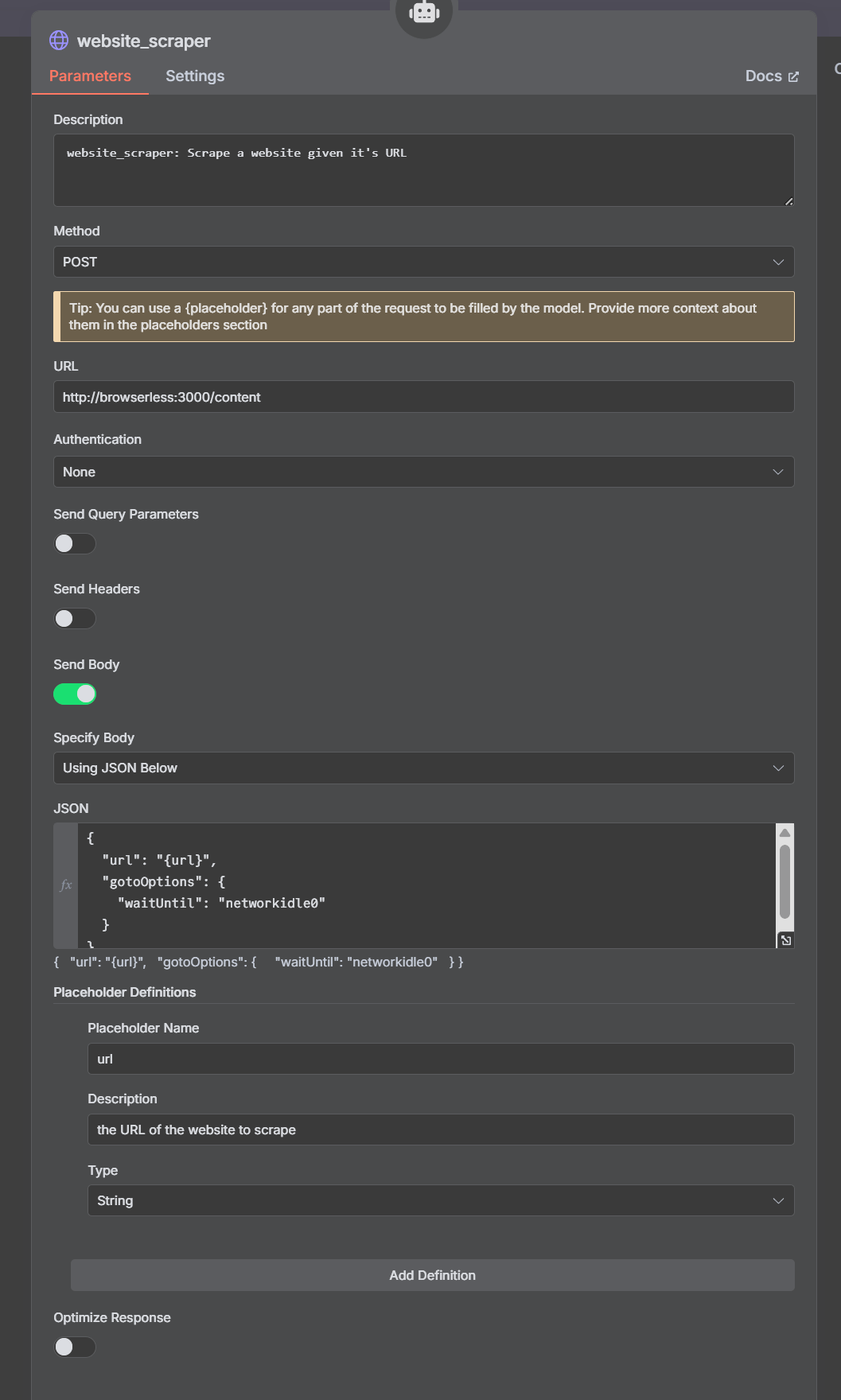
6) Partner Selection: What to Look For
- Platform mastery (Microsoft)
- Proven delivery on Azure AI/ML, Azure OpenAI Service, Copilot Studio, Bot Framework, Teams/365
- Security/compliance: SSO/RBAC, logging, DLP, data residency, SOC/ISO evidence
- AgentOps and MLOps
- Offline evaluation harness, prompt/function versioning, telemetry, cost controls, red-teaming
- Workflow and UX strength
- Conversation design, escalation patterns, “agent as colleague” UX, multilingual support
- Integration credibility
- Connectors for your CRM/ERP/ITSM and event-driven architectures; performance under load
- Change management DNA
- Stakeholder engagement, training, comms; readiness to allocate ~25% of budget to adoption
- Commercial clarity
- TCO model (licensing + infra + build + run + change); exit strategy and IP/data portability
- Proof of value
- Referenceable outcomes with quantified KPI lifts in similar industries
What This Means for You: Run a 6–8 week competitive bake-off on your hero workflow; score partners on KPI lift, safety, and integration time.
Decision Checklists (for Executive Sign‑off)
- Scope and KPIs: single workflow; 3–5 KPIs with targets; human-in-the-loop defined
- Platform: enterprise identity, logging, data controls; native connectors; multi-model flexibility
- Data: source of truth, RAG policy, freshness SLAs, provenance
- Safety: evaluation results, approval thresholds, incident runbook
- Adoption: training plan, champions, support model, comms calendar
- Economics: per-interaction cost dashboard; budget guardrails; ROI checkpoints
Illustrative 12‑Month Timeline and Milestones
- Q1 (Months 0–3): Strategy, platform selection, workflow mapping, data readiness
- Q2 (Months 3–6): Pilot build, shadow mode, safety evaluations, first KPI readout
- Q3 (Months 6–9): Wave 1 rollout, training, support playbooks, cost controls live
- Q4 (Months 9–12): Wave 2–3 expansion, multilingual or new-channel support, ABR cadence
Why This Matters Now: Industry Impact and What’s New
- Agentic workflows matured: reliable tool-use, memory, and policy layers reduce operational risk
- Enterprise integration: Microsoft ecosystem enables fast deployment in M365/Teams with enterprise-grade security
- AgentOps emerges: observability, evaluation, and cost governance are now first-class—treat them like DevOps
- Regulatory expectations: auditability and data minimization are must-haves for scale
What This Means for You: Competitive advantage comes from disciplined execution—tying modern agent capabilities to a few high-value workflows and scaling with governance.
Next Steps (30/60/90‑Day Plan)
- Day 0–30: Choose hero workflow; define KPIs and guardrails; shortlist platforms/partners; approve discovery budget
- Day 31–60: Complete workflow and data design; confirm integrations; stand up AgentOps stack; finalize pilot plan
- Day 61–90: Build pilot; run shadow mode; hold first ABR; decide scale go/no‑go with budget release
Final word: Lead with outcomes, invest deliberately in adoption (plan ~25% of spend), and require operational guardrails. In 12 months, a focused AI agent can return measurable ROI and create a scalable pattern for the rest of your enterprise.
